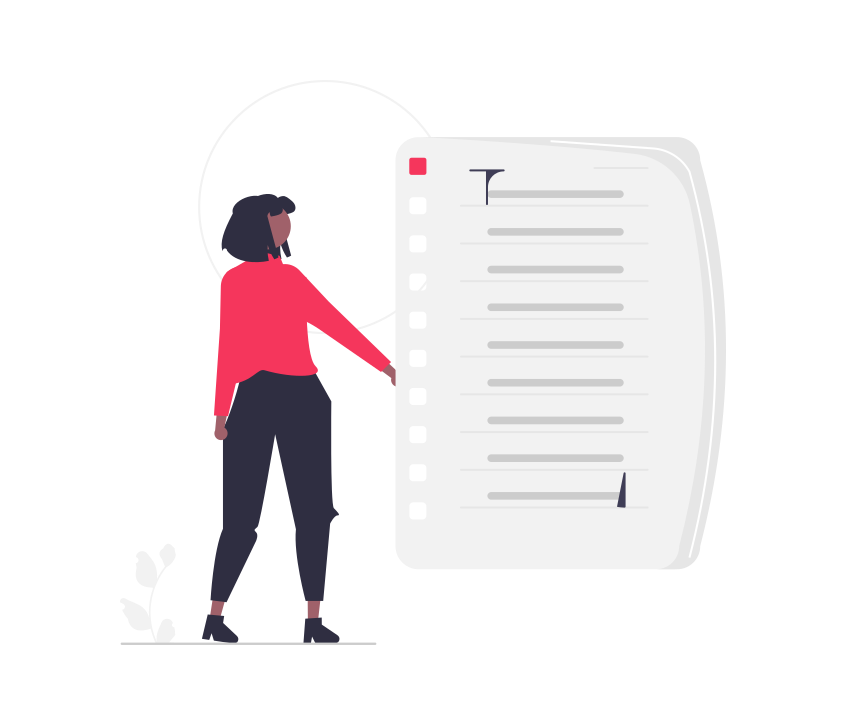Google AdSense is one of the most popular and widely used online advertising platforms in the world. It allows website owners and publishers to monetize their content by displaying ads that are relevant to their audience and niche. But how does Google AdSense work in 2024? What are the benefits and challenges of using this platform? And what are the best practices to optimize your AdSense earnings? In this article, we will answer these questions and more.
How Does Google AdSense Work?
Google AdSense works on a pay-per-click (PPC) or pay-per-impression (PPI) basis. This means that publishers earn money whenever a visitor clicks on an ad or views an ad for a certain amount of time. The amount of money that publishers earn depends on several factors, such as:
- The type and quality of the ad
- The topic and keywords of the content
- The location and demographics of the visitor
- The competition and demand for ad space
- The performance and optimization of the website
Google uses a complex algorithm to determine which ads to show on each page, based on the relevance and value of the ads to the content and the visitor. Google also uses an auction system to select the highest-paying ads from a pool of eligible advertisers. The advertisers bid on keywords or topics that they want to target, and Google chooses the winning bids for each ad slot.
Google pays publishers on a monthly basis, once they reach a minimum threshold of $100. Publishers can receive their payments via direct deposit, wire transfer, or check. Google also provides publishers with various tools and reports to monitor and analyze their ad performance, such as impressions, clicks, revenue, CTR (click-through rate), RPM (revenue per thousand impressions), etc.

What is Google AdSense?
Google AdSense is a program that enables publishers to display ads on their websites or blogs and earn money from them. The ads are created and paid for by advertisers who want to promote their products or services to potential customers. Google acts as a middleman between the advertisers and the publishers, taking care of the ad delivery, tracking, and payment.
Google AdSense offers various types of ads, such as text, image, video, rich media, native, and link ads. These ads can be customized to fit the design and layout of the publisher’s website. Publishers can also choose where to place the ads on their pages, such as above, below, or within the content.
What are the Benefits of Google AdSense?
Google AdSense offers many benefits for publishers who want to monetize their online content. Some of these benefits are:
- Easy to set up and use: Publishers can sign up for Google AdSense for free and start displaying ads on their websites within minutes. They only need to copy and paste a code snippet into their HTML source code. Google takes care of the rest.
- Wide range of ad formats and options: Publishers can choose from various ad formats and options to suit their website’s style and audience’s preferences. They can also control the number, size, color, and position of the ads on their pages.
- High-quality and relevant ads: Google ensures that the ads shown on each page are high-quality and relevant to the content and the visitor. This improves the user experience and increases the chances of clicks and conversions.
- Large network and inventory: Google has a large network of advertisers and partners across different industries and regions. This means that publishers can access a huge inventory of ads for any niche or topic. This also increases the competition and demand for the ad space, which can result in higher earnings.
- Reliable payment and support: Google pays publishers on time and offers various payment methods. Google also provides publishers with dedicated support and resources to help them with any issues or questions they may have regarding their AdSense account.

What are the Challenges of Google AdSense?
Google AdSense is not without its challenges and drawbacks. Some of these challenges are:
- Strict policies and guidelines: Google has strict policies and guidelines that publishers must follow in order to use Google AdSense. These policies cover topics such as content quality, user safety, privacy, invalid clicks, ad placement, etc. Publishers who violate these policies may face penalties such as account suspension or termination.
- Low revenue potential: Depending on the niche, keywords, traffic, competition, etc., some publishers may find it hard to earn a significant amount of money from Google AdSense. The average RPM for Google AdSense is around $4-$6, which means that publishers need a lot of traffic and clicks to make a decent income.
- Limited control over ads: Although publishers can customize some aspects of the ads, such as size, color, etc., they have limited control over which ads are shown on their pages. Google decides which ads are most relevant and valuable for each page, based on its algorithm. Publishers cannot choose or reject specific advertisers or categories of ads.
- Dependency on Google: Publishers who rely solely on Google AdSense for their income are dependent on Google’s decisions and changes. Google may change its policies, algorithm, rates, etc., at any time, without prior notice. This may affect the publishers’ ad performance and earnings.



